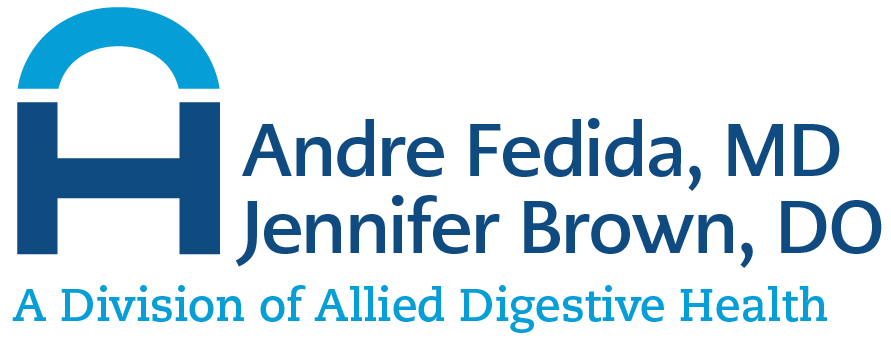Gallstones and What Causes Them

What Are Gallstones?
Gallstones are small, hard deposits formed inside the gallbladder, a small organ located beneath the liver. These stones can be as small as a grain of sand or as large as a golf ball. They are primarily made up of cholesterol or bilirubin, which comes from bile, a fluid your liver produces and your gallbladder stores.
Gallstones can exist without causing symptoms, but they can also lead to blockages in the bile ducts, causing pain, inflammation, and infections. The exact reasons why some people form gallstones and others do not are still being studied, but it’s known that certain factors increase the risk of developing them.
What Causes Gallstones?
The formation of gallstones can be attributed to several factors.
Firstly, too much cholesterol in the bile can cause cholesterol stones to develop, the most common type of gallstone. When the liver excretes more cholesterol into the bile than it can dissolve, these excess crystals can form stones.
Secondly, too much bilirubin in the bile, known as hyperbilirubinemia, can cause pigment stones. This often occurs in individuals with certain liver diseases, infections, or blood disorders that cause increased bilirubin production.
Finally, a gallbladder that does not empty correctly can lead to gallstones. If the gallbladder does not empty its bile content regularly or thoroughly, bile may become very concentrated, contributing to the formation of stones.
Each of these causes underscores the complex biochemical and physiological processes that influence gallstone formation.
What Are the Symptoms of Gallstones?
Many individuals with gallstones do not experience any symptoms and may never know they have them. However, when symptoms do occur, they can range from mild to severe. The most common symptom of gallstones is pain in the right upper abdomen, which can spread to the upper back or shoulder blade area. This pain is often sudden and intensifying, particularly after eating a fatty meal.
Other symptoms may include nausea, vomiting, fever, jaundice (yellowing of the skin and eyes), and darker urine or lighter stools. In some cases, gallstones can lead to more severe conditions such as cholecystitis (gallbladder inflammation), choledocholithiasis (stones in the common bile duct), or pancreatitis if a stone blocks the pancreatic duct. If you experience severe abdominal pain, fever, chills, or yellowing of the skin, seeking medical attention promptly is crucial.
Who Is Affected by Gallstones?
Gallstones can affect anyone, but certain groups are more prone to developing them than others. Individuals over 40, particularly women, have a higher risk due to hormonal factors that influence cholesterol concentration in bile.
Obesity is another significant risk factor, as excess fat increases the likelihood of cholesterol-based gallstones.
Family History of gallstones can add to a patient’s susceptibility, suggesting a genetic component to gallstone formation.
Ethnicity also plays a role; for example, Native Americans and Mexican Americans face higher risks, possibly due to genetic predispositions.
Lastly, individuals with certain medical conditions such as diabetes, liver cirrhosis, or those losing weight rapidly through very low-calorie diets or bariatric surgery are also at an increased risk.
Understanding who is affected by gallstones underscores the importance of targeted preventive measures and awareness to mitigate the risk of gallstone-related complications.
How Are Gallstones Diagnosed?
Diagnosing gallstones typically involves a combination of clinical evaluation, laboratory tests, and imaging techniques. Initially, a healthcare provider will assess the patient’s symptoms and medical history and perform a physical examination.
Blood tests may be ordered to check for signs of inflammation, infection, or abnormalities in liver and pancreatic enzymes that may suggest gallstone complications.
Imaging tests play a crucial role in the diagnosis of gallstones.
An ultrasound is often the first imaging test used as it is non-invasive and highly effective in identifying gallstones within the gallbladder.
For further evaluation, a computerized tomography (CT) scan, magnetic resonance imaging (MRI), or endoscopic retrograde cholangiopancreatography (ERCP) may be utilized.
These tests can provide detailed images of the gallbladder, bile ducts, and surrounding areas, helping to confirm the presence of gallstones, determine their size, and identify any potential obstructions or complications arising from the stones.
Treatment for Gallstones
The approach to treating gallstones may vary based on the severity of symptoms and whether the stones are causing blockages or complications. For individuals without symptoms, treatment may not be immediately necessary; however, monitoring is essential to manage any future risks. When intervention is required, options include:
- Medications: Certain medications can dissolve cholesterol gallstones, but this method may take years to be effective, and the stones can recur.
- Lithotripsy: This technique uses shock waves to break up gallstones into smaller pieces, which can then pass more easily through the bile ducts. It is less commonly used and suited for specific types of stones.
- Cholecystectomy: Surgical removal of the gallbladder is the most common and effective treatment for symptomatic gallstones. This can be done through laparoscopic surgery, which is minimally invasive and involves a shorter recovery time.
- ERCP: Endoscopic Retrograde Cholangiopancreatography is a procedure used to remove stones directly from the bile duct if they have escaped the gallbladder and are causing blockages or complications.
Choosing the proper treatment depends on various factors, including the patient’s overall health, the size and type of gallstones, and the presence of symptoms or complications. Regular follow-ups and lifestyle adjustments, such as dietary changes, may also be recommended to reduce the risk of gallstone formation.
When to Talk to Your Doctor
If you suspect you have gallstones or are experiencing symptoms such as persistent abdominal pain, fever, jaundice, or changes in urine and stool color, it’s important to seek medical advice. Early consultation with a healthcare provider can help prevent potential gallstone complications.
Additionally, discussing preventive measures and regular check-ups with your doctor can be beneficial if you belong to a high-risk group for gallstones. Remember, not all gallstones present symptoms, hence why individuals undergoing imaging tests for other reasons often discover them unintentionally.
If gallstones are found during such examinations, consulting your doctor for a proper evaluation and guidance on the next steps is crucial, even without symptoms. For more information, visit Andre Fedida, MD Jennifer Brown, DO.
Footer
Quick Links
Locations
North Arlington Office
973-877-258025 Locust Avenue
No. Arlington, NJ 07031
Nutley Office
973-877-2580181 Franklin Avenue
Suite 305 Nutley, NJ 07110
Harrison Office
973-877-2580620 Essex Street Suite 202
Harrison, NJ 07029
Belleville Office
973-877-258077 Newark Avenue Suite 2
Belleville, NJ 07109
Kearny Office
973-877-2580816 Kearny Avenue
Kearny, NJ 07032
Newark Office
973-877-2580306 Martin Luther King Jr Blvd 4th Floor
Newark, NJ 07102
© All Rights Reserved


